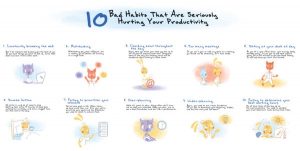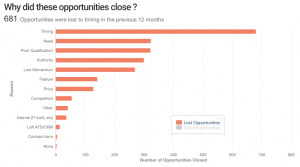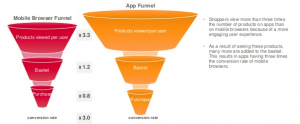
As a human resources professional, you understand just how important it is for your organization to bring in top-quality talent. You’ve also probably discovered just how difficult it is to build a great team of employees who can connect with your customers and provide them with a smooth and seamless service experience, especially when it comes to your frontline staff.
While there certainly isn’t a one-size-fits all approach to finding and retaining top talent, pre-hire assessments are a great tool for predictinig how well a candidate will perform. For instance, research shows businesses that use a custom-tailored pre-hire assessment experience a 39% lower turnover rate among high-potential candidates.
Whether you’re looking for the right cultural fit, a highly specific set of skills or a candidate who can form lasting, lucrative relationships with your customers, data-driven talent selection tools can help identify the candidates with the highest potential of not only succeeding, but sticking around long enough to have positive impacts on your business’s growth.
We’ve talked before about steps you can take to choose a quality pre-hire assessment based both on the vendor and the test itself. However, if you really want to see exceptional results, it’s vital to take the time to optimize the set of hiring tools you’re using. After all, if you’re not capturing the right metrics, you won’t get connected with the right people.
Steps for Optimizing Your Pre-Hire Assessments
Before hiring staff for your frontline positions, you should collaborate with workforce scientists to decide what the long-term goals of your assessment process will be and what the ideal assessment will include. The data an assessment captures should be relevant not only to your organization, but to the specific role within the organization that you are seeking to fill.
1. Evaluate exactly what it takes to do a job well. Before hiring even begins, a job analysis must be created for the specific role you want to fill. Take a close look at the job role and ensure that the specifics are built in to the assessment process. For example, the competencies required for an inbound service role will look different from critical sales skills, so it’s important to determine what’s required for success in the position before finding an agent to fill it.
2. Get input on critical competencies required for the role from subject matter experts. When determining which competencies drive job success, get the input of as many subject matter experts as possible. It’s helpful to involve the hiring manager and direct supervisor for the role in this process. You may also gain perspective from current employees who are thriving in the role that you are hiring for, as well as executives within your organization. The more diversity you have in the development of your job analysis, the more comprehensive it will be.
3. Review the pre-hire assessment. To what extent does the assessment measure what it is intended to measure? Your assessment should give you a clear picture of how an employee will perform on the job. If your pre-hire assessment does not include real-world scenarios (via interactive situational judgment tests and multimedia job simulations) and provide you with a total understanding of how well a candidate will fit with your team, then it’s not doing its job.
4. Determine which qualities your top performers possess. When you think about the employees that excel in your organization, you’ll likely come up with a list of personality traits and skills that they all have in common. Though personality profiles should not be the number one consideration for hiring talent, certain characteristics can and should be screened for through your talent assessment tool.
5. Outline your expectations. Employees perform better when they understand what is expected of them. An effective pre-hire assessment should measure how well a candidate will do their job based on the actual expectations that will be placed on them.
6. Make the most out of pre-hire assessments by extending their use beyond the initial screening process. Assessments are incredibly valuable when it comes to employee growth and retention, but they are anything but static. It’s essential to make sure there’s an ongoing mechanism to tie the job into any major changes, including:
- Changes in the core duties required to perform the job
- Shifts in the business’s goals or strategy
- An increase or decrease in the number of candidates in the talent pool
- Economic changes
The implementation of closed-loop analytics can help businesses drive hiring improvement by gaining a better understanding of what works and what doesn’t in a specific role, and what serves as the best predictors of success.
7. Stay proactive with the hiring process. When it comes to frontline hiring, the number of empty seats is often higher than the number of qualified candidates available to fill them. Many organizations hiring for customer-facing frontline positions get caught in a turnover spiral because they have not yet created a proactive recruiting strategy. However, utilizing recruiting and sourcing best practices leads to increasing the candidate volume at the top of your funnel, so you can more quickly reduce your pass rate of your assessments, which improves your selection ratio. The result is better performance by your new hires.
Ultimately, the right pre-hire assessment will be reliable, will incorporate a complete job assessment and key characteristics of a role and will allow the hiring manager to determine if the candidate will realistically be able to live up to the expectations of the position.
Business & Finance Articles on Business 2 Community
(57)








